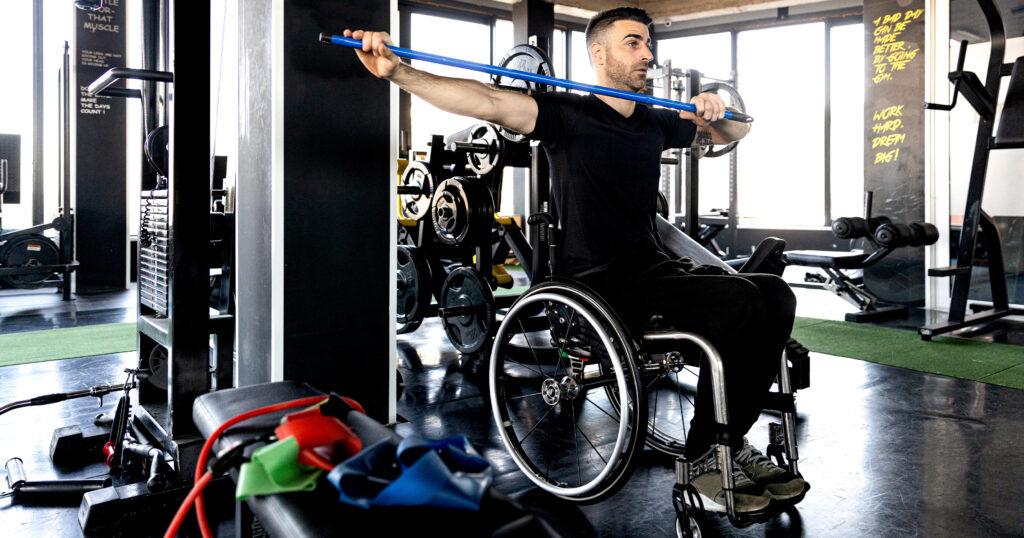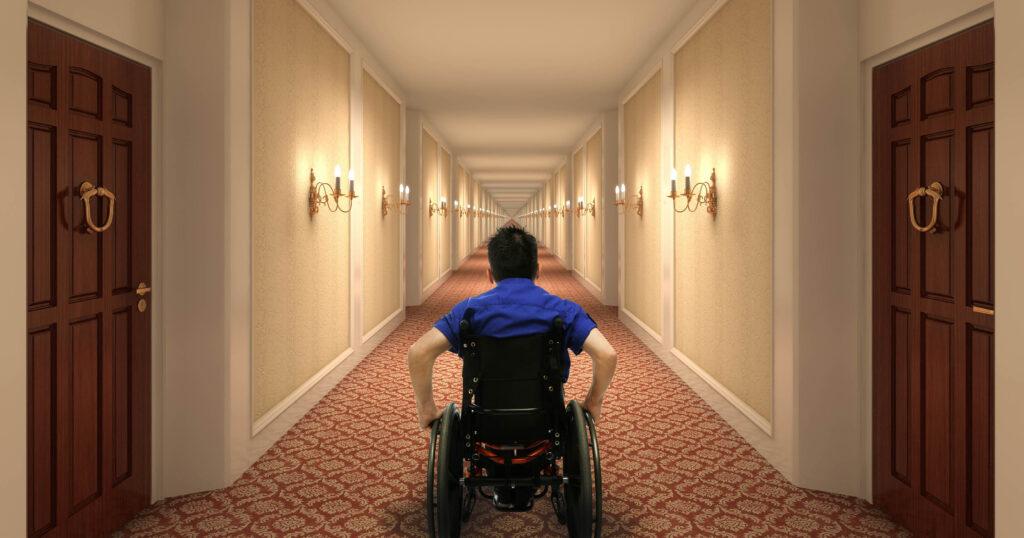
Unequal Access to the Gym
How many of you make time for exercise and wellness in your busy lives? Nobody is judging, I promise. Getting

Related posts

How many of you make time for exercise and wellness in your busy lives? Nobody is judging, I promise. Getting

There’s not much I enjoy more than traveling. I love meeting new people and exploring new places. It gives oxygen to
Management by UP Digital Marketing
